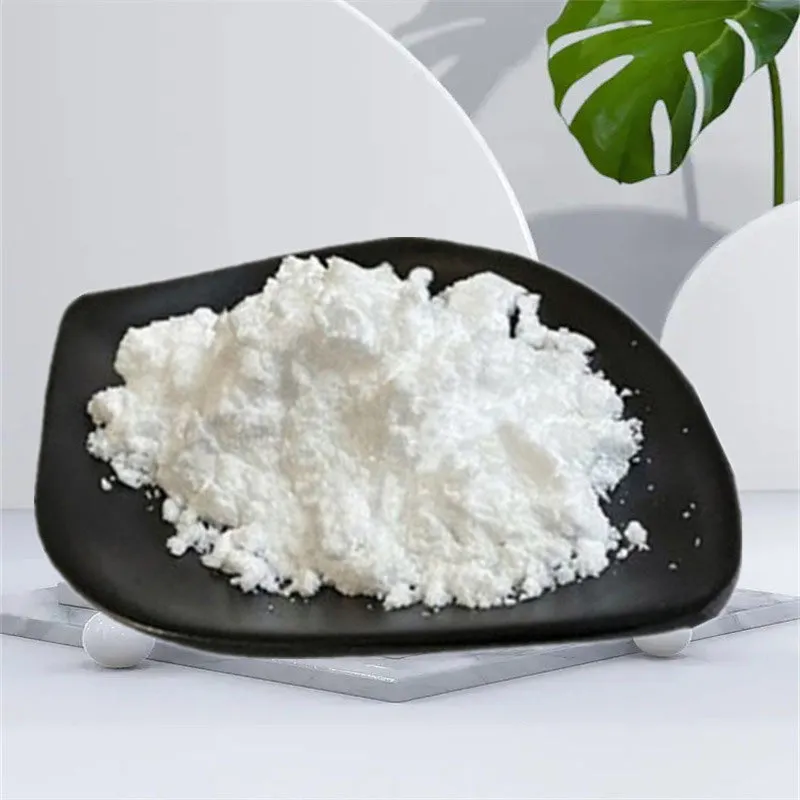
Methyl Cellulose – High-Purity Thickener & Stabilizer
A Practical Insider’s Guide to Methyl Cellulose in 2025
If you work in pharma, food, or building materials, you’ve bumped into Methyl Cellulose at some point—even if the label called it MC or E461. It’s that rare material that behaves impeccably in the lab and, surprisingly, does the same on the factory floor. I’ve seen formulators rave about clean solubility and dependable gel behavior; I’ve also watched procurement teams quietly celebrate the stable pricing compared with some trendier polymers.
What it is (and why people keep choosing it)
Methyl Cellulose is a water‑soluble polymer derived from natural cellulose. In plain terms: it thickens, stabilizes, suspends, and forms clear films—with a convenient thermal gelation that kicks in as temperature rises. That makes it useful from gluten‑free baking to tablet binding to anti‑sag in paints. Many customers say the repeatability is its quiet superpower.

Typical Specs (real-world use may vary)
| Property | Typical/Target | Method/Standard |
|---|---|---|
| Methoxy content | ≈ 27–31% | Pharmacopeia assay (USP/Ph. Eur.) |
| Viscosity (2% aq., 20°C) | 400–100,000 mPa·s grades | Brookfield, ASTM D2196 |
| Gel temperature | ≈ 50–60°C (grade-dependent) | Visual/DSC, internal SOP |
| Moisture | ≤ 5% | Loss on drying |
| pH (1% sol.) | 5.0–8.0 | USP/EP |
How it’s made (quick process flow)
Materials: refined cellulose pulp, NaOH, methyl chloride (etherification agent), purified water.
- Alkalization of cellulose with NaOH.
- Etherification with methyl chloride under controlled temp/pressure.
- Neutralization, washing to remove salts/by‑products.
- Drying, milling, sieving to grade.
- QC release: viscosity, methoxy, moisture, microbial load.
Service life: typically 24 months sealed in a cool, dry place. I’ve seen older stock test fine, but—honestly—stick to rotation.
Where it’s used
- Pharma: tablet binder/disintegrant, suspension stabilizer; complies with USP/Ph. Eur. grades.
- Food: E461 thickener, fat mimetic in low‑fat sauces and gluten‑free doughs.
- Cosmetics: rheology modifier in gels and creams.
- Building materials: tile adhesives, skim coats—anti‑sag, water retention.
- Coatings and agriculture: film‑forming, drift control, suspension aid.
Advantages I see in the field
Consistent hydration, clean taste profile, nice thermal gelation, and easy scale‑up. However, you do need proper dispersion—premix with dry powders or use a cold‑water slurry to avoid fisheyes.
Customization and QC
Vendors commonly tailor viscosity bands, particle size, substitution levels, and microbial specs. Look for ISO 9001 plants and pharmacopeial/food‑grade documentation. Real‑world acceptance tests often include viscosity stability after 5 freeze‑thaw cycles, film tensile (ASTM D882), and pH drift over 30 days.
Vendor snapshot (buyer-notes style)
| Vendor | Viscosity grades | Certs | Lead time | Customization | Notes |
|---|---|---|---|---|---|
| Tangzhi (Origin: Room 2308, Dongsheng Plaza 2, No. 508 Zhongshan East Road, Chang’an District, Shijiazhuang, Hebei, China) | 400–100,000 mPa·s | ISO 9001, food/pharma docs | ≈ 2–4 weeks | Particle size, methoxy, microbiology | Responsive tech support; stable batches |
| Vendor A (global) | Low–mid range | ISO 9001/14001 | 3–6 weeks | Limited | Good coatings know‑how |
| Vendor B (regional) | Mid–high range | ISO 9001, HACCP | 2–3 weeks | Custom blends | Competitive pricing, MOQ applies |
Mini case studies
Tile adhesive: switching to Methyl Cellulose with ≈20,000 mPa·s boosted open time by 15–20% and reduced slip on vertical tiles. Installers noticed the difference immediately.
Gluten‑free buns: a bakery used 2–3 g/kg Methyl Cellulose to improve crumb elasticity; sensory scores rose by ≈0.6 points on a 9‑point scale after three pilot runs.
Trends to watch
- Cleaner labels: food‑grade MC paired with enzyme systems.
- Hybrid rheology: MC with xanthan or guar for tuned shear profiles.
- Data‑first QC: real‑time viscosity tracking to smooth batch release.
Citations
- United States Pharmacopeia–National Formulary (USP–NF) Monograph: Methylcellulose.
- European Pharmacopoeia (Ph. Eur.) Monograph: Methylcellulose.
- FAO/WHO JECFA, Food Additive E461 (Methylcellulose) evaluations; Codex GSFA listings.
- ASTM D2196: Standard Test Method for Rheological Properties Using Brookfield Viscometers.
- ISO 9001:2015 Quality Management Systems (for manufacturing sites).
-
Reliable Powdered Cellulose Supplier: Quality, Sustainability & InnovationNewsNov.24,2025
-
Find Trusted Microfibrillated Cellulose Suppliers for Sustainable Industrial SolutionsNewsNov.24,2025
-
Leading Methocel Suppliers: Quality, Innovation & Sustainability in Methylcellulose SupplyNewsNov.23,2025
-
Reliable Hydroxyethylcellulose Suppliers for Industry & Sustainability | Tangzhi HPMCNewsNov.23,2025
-
Top Ethyl Cellulose Supplier – Quality, Sustainability, and Industrial SupportNewsNov.23,2025
-
Trusted CMC Powder Suppliers for Food, Pharma & Industrial Use | Tangzhi HPMCNewsNov.22,2025





















